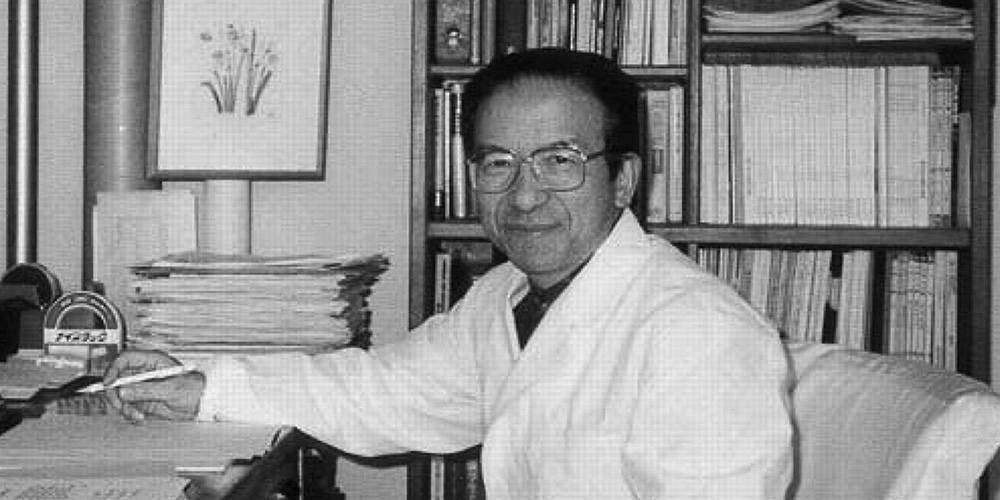In memoriam: Isao Yamazaki

Yamazaki was born September 1, 1924 in Otaru City, Hokkaido, Japan. He obtained his bachelor's degree in 1948 at Hokkaido University and his doctorate in 1958. His graduate research focused on peroxidase reactions.
After serving for two years on the faculty at Tohoku University, Yamazaki pursued a postdoctoral fellowship in 1959 in the department of biochemistry at the University of Oregon Medical School where he began his work on free radicals with Howard Mason. He returned to Japan and to Tohoku University in 1961, and he served concurrently in the Applied Electrical Research Laboratory at Hokkaido University. He pursued groundbreaking research on enzyme reactions, electrons and reactive oxygen species for 34 years.
Yamazaki’s work on free radicals was honored and highlighted in a 2010 Journal of Biological Chemistry Classics article by Robert Hill, a longtime biochemistry faculty member at Duke University.
Hill and his coauthors wrote that both papers covered in the Classics article “not only demonstrated the excellent correlation of the free radical signals with the proposed reaction kinetics but also confirmed Leonor Michaelis' theory that the two-step oxidation of organic compounds involves a chemical radical.”
After retiring from Hokkaido University in 1988, Yamazaki became a visiting professor at Utah State University, Logan, where he continued to do research.
Yamazaki received many honors including being elected an honorary member of the American Society of Biological Chemists in 1983. After his scientific career, he pursued Buddhism research and published a book titled “The Origin of Buddhism, Its Wisdom and Faith.”
Enjoy reading ASBMB Today?
Become a member to receive the print edition four times a year and the digital edition monthly.
Learn moreGet the latest from ASBMB Today
Enter your email address, and we’ll send you a weekly email with recent articles, interviews and more.
Latest in People
People highlights or most popular articles

Mydy named Purdue assistant professor
Her lab will focus on protein structure and function, enzyme mechanisms and plant natural product biosynthesis, working to characterize and engineer plant natural products for therapeutic and agricultural applications.

In memoriam: Michael J. Chamberlin
He discovered RNA polymerase and was an ASBMB member for nearly 60 years.

Building the blueprint to block HIV
Wesley Sundquist will present his work on the HIV capsid and revolutionary drug, Lenacapavir, at the ASBMB Annual Meeting, March 7–10, in Maryland.

In memoriam: Alan G. Goodridge
He made pioneering discoveries on lipid metabolism and was an ASBMB member since 1971.

Alrubaye wins research and teaching awards
He was honored at the NACTA 2025 conference for the Educator Award and at the U of A State and National Awards reception for the Faculty Gold Medal.

Designing life’s building blocks with AI
Tanja Kortemme, a professor at the University of California, San Francisco, will discuss her research using computational biology to engineer proteins at the 2026 ASBMB Annual Meeting.
